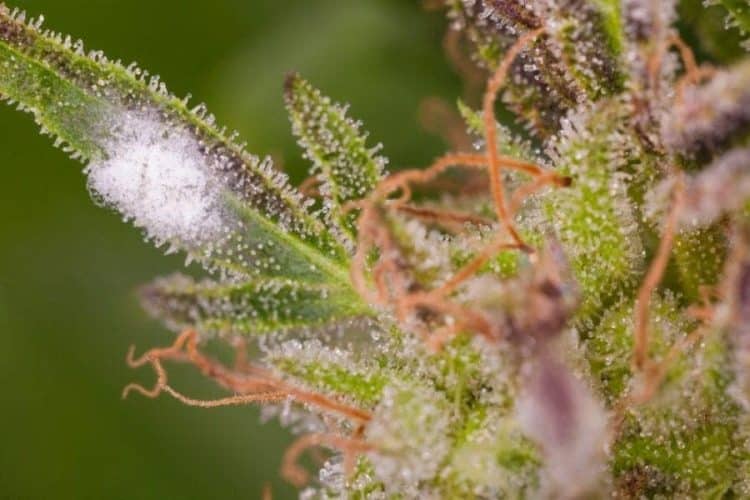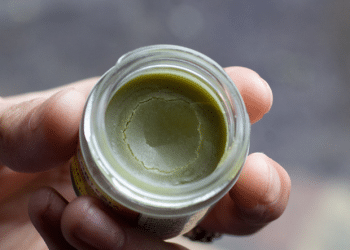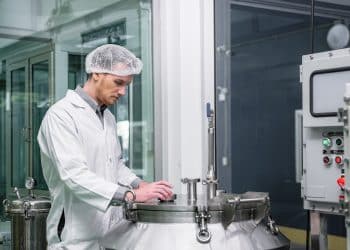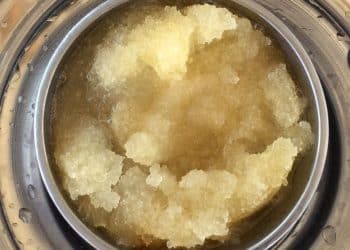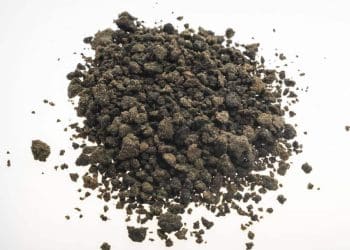With the cultivation and extraction of cannabis comes the chance of unwanted microbial growth. Microbial growth refers to bacteria, fungi, or other microorganisms that are increasing in number, usually caused by various environmental factors. While most are relatively harmless in small amounts, they can become detrimental to the cannabis if not properly handled. The potential dangers that microbial growth can bring are not something to ignore, and it should be managed prior to appearance.
Though microbial growth is a fairly natural occurrence, there are ways to prevent it from happening to your precious plants and products. Understanding how these organisms spread and the potential dangers they bring is crucial in learning exactly what to do to stop this growth from impacting the cleanliness and health of your cannabis.
The Dangers
Microbial growth is not only harmful to the cannabis plant, but can be quite toxic to the human body, especially when inhaled. [1] Bacteria, mold and other fungi can accumulate on plants due to excess moisture and warm temperatures and can cause serious infections within the body when we are exposed to too much.
Dangerous bacteria include Enterobacteriaceae (e.g., E. coli, salmonella, etc.), which are responsible for pneumonia, blood infection, intestinal inflammation, and abdominal infection. [2] Acinetobacter baumannii can cause infections in the lungs, blood, or wounds. A 2016 study found both varieties of bacteria at levels of greater than 5% in samples from indoor facilities in Massachusetts, Maine, and Rhode Island. [3] Although extraction may destroy microbes, they often leave behind harmful byproducts such as mycotoxins.
Preventative Factors
In order to prevent harmful bacteria and other microbes from infecting your cannabis plants and products, there are various precautions to take.
The first step is making sure that your cannabis is in a clean, sterile environment and isn’t being handled in a non-sterile way. The best way to guarantee this is to require all workers to wear hair and clothes covers, including boots and gloves, ensuring that no outside containments are coming in from any worker or visitor. Keep work areas disinfected.
It’s also vital for cultivators to make sure internal temperatures stay constant while airflow doesn’t. Stagnant air means stagnant moisture, allowing time for microbial growth to spread. Too much moisture is the cannabis plant’s worst enemy during cultivation, so keeping a close eye on your humidity levels is crucial. Storage of the product in a cool, dry environment (e.g., air-sealed) helps prevent infiltration by microbes. [4]
Keeping Your Cannabis Clean
By following strict precautionary measures and procedures, along with giving your plants and products the utmost care and attention, microbial growth prevention is possible. With this, you’re able to cultivate clean plants and develop products that are healthy for us, too.
References
- Institute of Medicine (US) Committee on Damp Indoor Spaces and Health. “4, Toxic Effects of Fungi and Bacteria.” Damp Indoor Spaces and Health. Washington (DC), National Academies Press (US), 2004, https://www.ncbi.nlm.nih.gov/books/NBK215642/.
- Octavia S., Lan R. The Family Enterobacteriaceae. The Prokaryotes, edited by Rosenberg E., et al. Berlin, Springer, Heidelberg, 2014.
- McKernan, K, et al. “Metagenomic Analysis of Medicinal Cannabis Samples; Pathogenic Bacteria, Toxigenic Fungi, and Beneficial Microbes Grow in Culture-Based Yeast and Mold Tests.” F1000Research, vol.5, no.2471, 2016. [Times Cited = 8]
- McPartland, John, and Kevin McKernan. “Contaminants of Concern in Cannabis: Microbes, Heavy Metals and Pesticides.” Cannabis Sativa L. – Botany and Biotechnology, edited by Chandra S., et al., 2017, pp. 457–74, doi:10.1007/978-3-319-54564-6_22. [Times Cited = 9]
Image Credit: Rx Leaf
